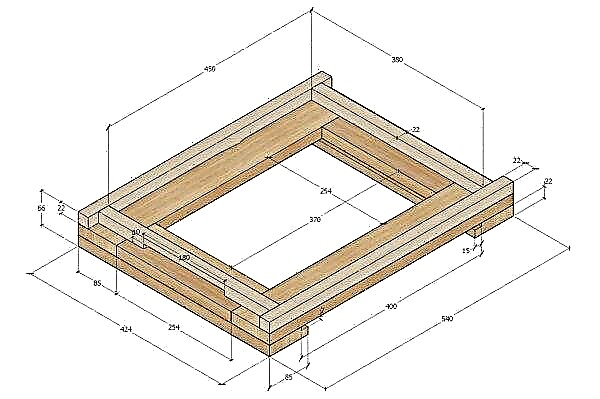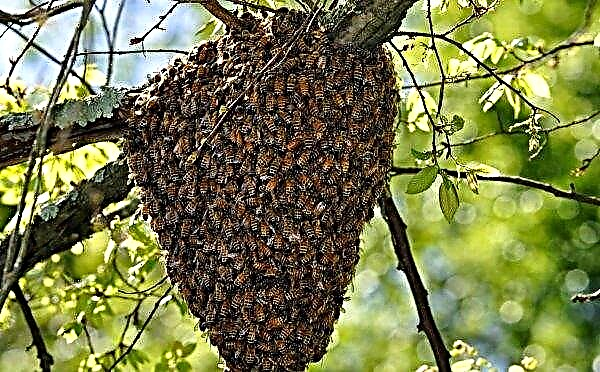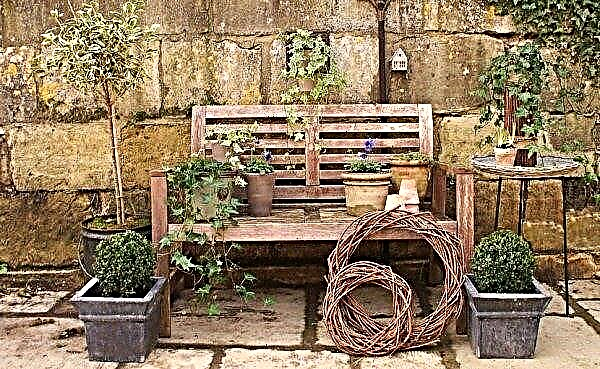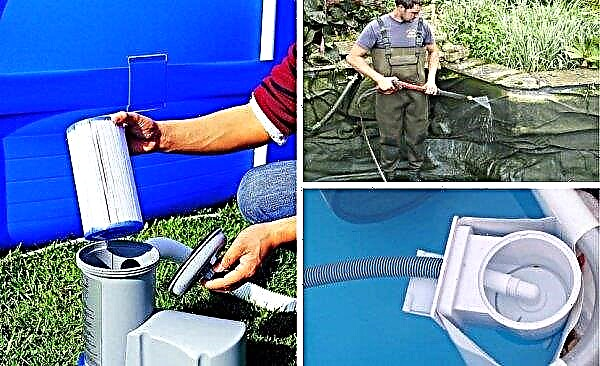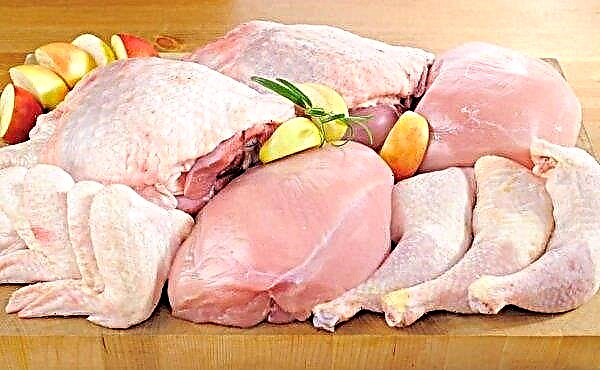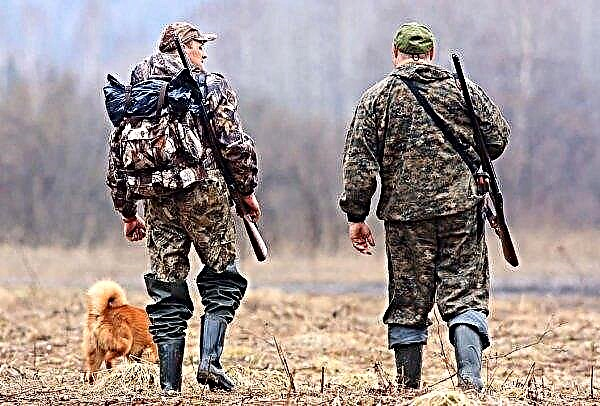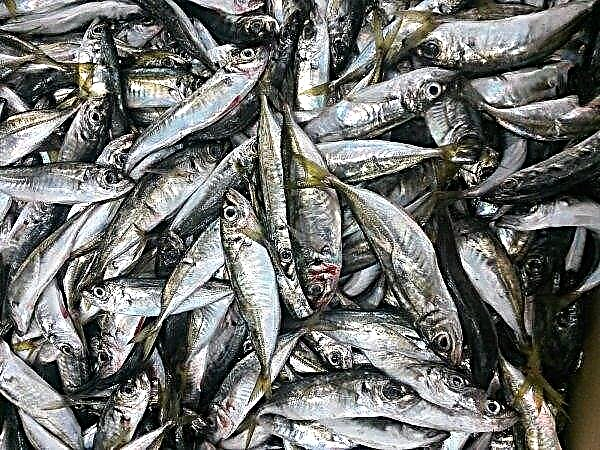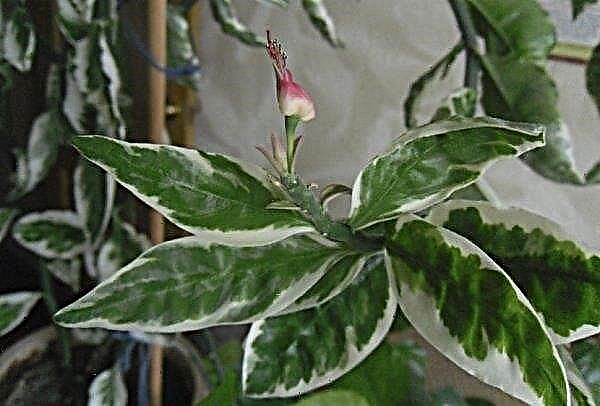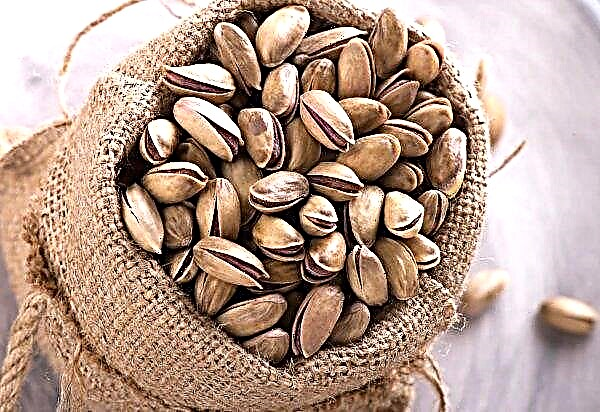The content of quail is a rather troublesome business, where you need to take into account many factors for the quality yield of meat and eggs. But when pets begin to peck at each other, beginners in poultry farming are often lost and even give up. This does not need to be done - it is necessary to identify the cause and eliminate it.
Did you know? Quail eggs can be safely eaten raw - this bird is not susceptible to salmonellosis.
Why quail peck each other
Birds peck their heads to their cage neighbors due to various factors - from unacceptable conditions of detention to the struggle for leadership in the team. You should carefully look at the birds, perhaps something does not suit them in the cage or the environment.
Landing density
Quailing at the genetic level is programmed for freedom, which people artificially deprives them of. The psychological state of the bird directly depends on the planting density in the cells. If the territory is too constrained, it becomes aggressive and will attack those who are too close.
You can not overpopulate the cells, when distributing birds on them, you should follow these rules:
- in large cages per 1 m² there should be up to 120 individuals;
- in small cramped cages, each quail needs at least 130 cm² of space.
Important! Optimal conditions of detention - up to 30 pets in a cage with dimensions 90x40 cm.
Unbalanced diet
Nutrition is the most important component when grown to mass. Pets can suffer some deprivation in the conditions of detention, but they need to be fed with nutritious and high-quality food. The lack of a sufficient amount of vitamins and minerals will affect the appearance of quail - posture will change, feathers will start to fall out, skin rashes will appear.
If such symptoms are detected, a set of measures is taken:
- increase the amount of feed - one individual needs 30–35 g of food per day;
- a larger amount of legumes, corn, meat and fish waste is introduced into the diet - this will increase the level of protein in the body;
- check the quality of food - it may be worth switching from artisanal grain to factory feed.
Poor light mode
Insufficient brightness or inconsistency of lighting can also bring quail out of themselves, and they peck their neighbors. Daylight hours for these birds should be 12-14 hours of stable lighting.
Possible lighting problems that cause birds to bite each other's heads:
- sharp inclusion of lighting after a long darkness;
- flickering and blinking of lamps due to malfunctions or power surges;
- long or short total daylight hours;
- too bright or dim lamps;
- the cell is too close to the light source;
- insufficient amount of ultraviolet radiation.
Important! With cell dilution, a good calming factor for pets will be the preservation of the natural proportion - 4–5 females per male.
Draft or lack of ventilation
This steppe resident is used to being in tall grass, where there are no sharp gusts of wind, and there is only a slight blow. In the premises for keeping quails, it is necessary to eliminate drafts that cause discomfort to the birds. Also, stagnation of air is extremely undesirable. Both drafts and a decrease in the level of oxygen in a standing atmosphere can bring birds out of themselves. A stressful state leads to unpredictable consequences - they can begin to bite their heads to each other.
Fight for leadership
For each male in the wild, there are 4–5 females, which he alternately visits. It is difficult to maintain such a proportion with cellular content, so replanting young males in a room with already established families is fraught with disassembly between them and old quails, who will defend their territory and family. The best solution is to plant an already established young family in a common enclosure. But this option is economically disadvantageous - it is necessary to additionally contain several cells with young families.
Did you know? In the natural environment during the mating season, the male is able to “invite” the female with the help of a scream that is heard in a radius of 500 meters.
How to treat a wounded bird
Birds peck to each other not only their heads, but also their torso and legs are attacked. If a wounded individual is found, it must immediately be moved to a separate cage, which is cleaned daily. A careful examination of the affected areas determines whether it is a fresh or an old wound. Fresh wounds without purulent formations are disinfected with hydrogen peroxide, after which they are lubricated with Levomikol or Vishnevsky ointment. Grown purulent wounds are treated with antibiotics (Penicillin, Vetbitsin). If the pet does not feel well (high fever, purulent abscesses, redness of the skin), it is possible to administer antibiotics intramuscularly, but for this, most likely, the help of a veterinarian and financial expenses will be required.
Grown purulent wounds are treated with antibiotics (Penicillin, Vetbitsin). If the pet does not feel well (high fever, purulent abscesses, redness of the skin), it is possible to administer antibiotics intramuscularly, but for this, most likely, the help of a veterinarian and financial expenses will be required.
Preventative measures
In principle, all preventive measures come down to creating the right conditions for keeping quail - from observing sanitary standards in the house to a balanced feed. Shyness of a bird contributes to trauma to those around it; therefore, it is not worthwhile to make loud sounds in the house, switch on the lighting sharply, and allow wind howls due to drafts.
You also need to monitor the composition of the inhabitants of the cage so that the young cockerel does not fall into the collective with established families, where adult males can unite against it. The maintenance of quail is an interesting lesson that brings not only the pleasure of breeding birds, but also fresh eggs and meat on the dining table. At some cost, you can organize a small but rather profitable business. It is only necessary to take all measures to save the livestock, to prevent aggression and pecking by birds.

